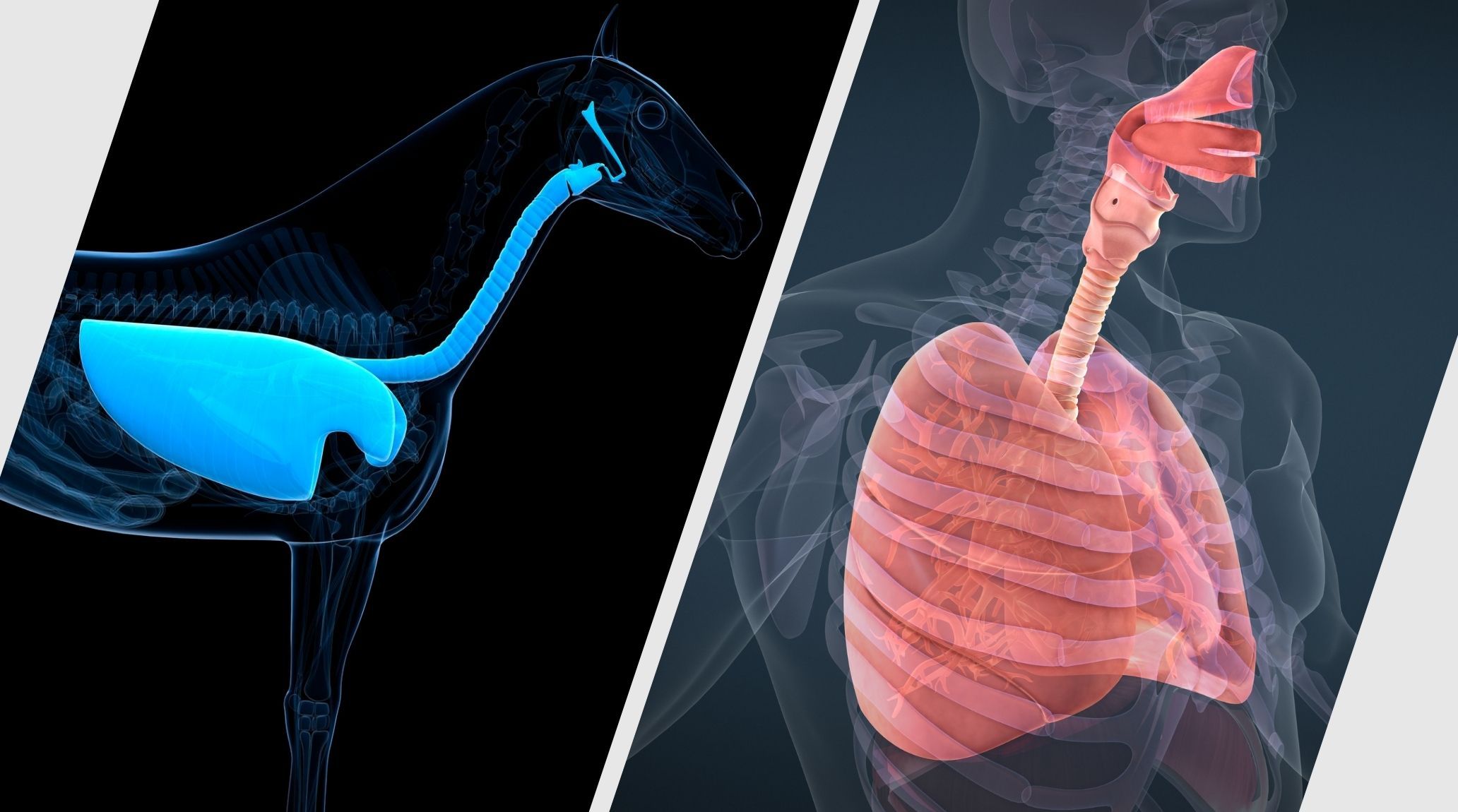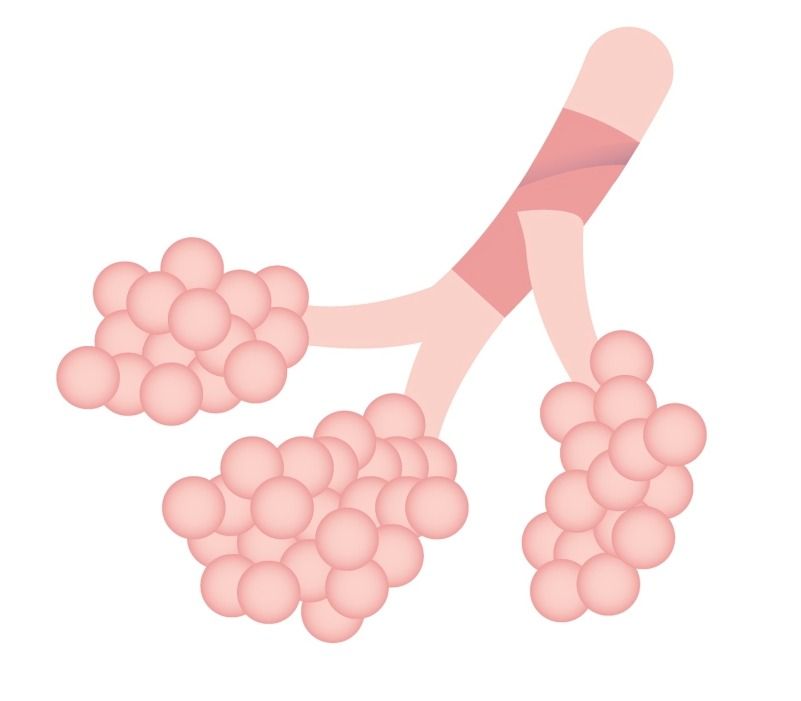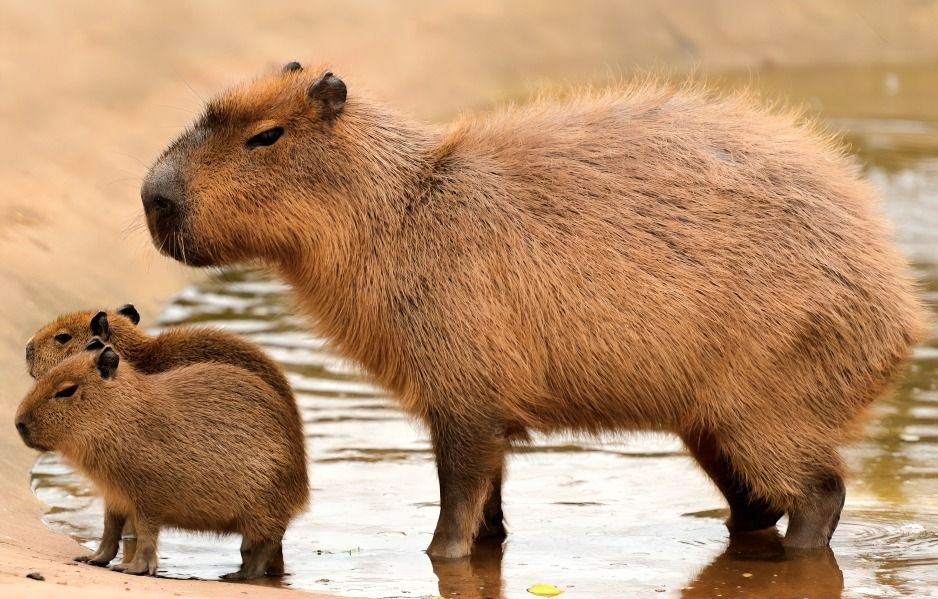
“
Mammals rely on their respiratory systems to deliver oxygen to cells and remove carbon dioxide. The lungs, airways, and diaphragm work together seamlessly to ensure that oxygen is efficiently absorbed and transported throughout the body. In this article, we’ll discuss 20 Important Facts About the Respiratory Systems of Mammals, from how the lungs are structured to how different environments affect respiratory efficiency. 1
1
”
1
Mammals have lungs designed to maximize oxygen intake and carbon dioxide expulsion. The alveoli in mammalian lungs greatly increase surface area, allowing efficient gas exchange with the bloodstream. 2
The diaphragm is a key muscle in the mammalian respiratory system. Its contraction increases the chest cavity's volume, creating a vacuum that draws air into the lungs, making it crucial for breathing efficiency. 3
Mammals have a double-circulation system, meaning blood passes through the heart twice per cycle—once to the lungs for oxygenation and once to the rest of the body. This ensures efficient delivery of oxygen to tissues. 4

Mammals use a tidal breathing mechanism, where air flows in and out of the lungs through the same pathways. Unlike birds, mammals do not have unidirectional airflow, but tidal flow is sufficient to meet their oxygen needs.
Mammals' airways are lined with cilia, tiny hair-like structures that trap and move particles and mucus out of the lungs. This helps keep the respiratory system clean and prevents infection. 5
Mammals possess the ability to consciously control their breathing rate. This allows them to hold their breath or take deeper breaths when necessary, aiding in activities like swimming or during high-intensity exercise.6
In mammals, the pulmonary circuit (lungs) and systemic circuit (body) are separated by the heart’s ventricles. This separation allows for high blood pressure in systemic circulation without damaging the delicate lung tissues. 7
The medulla oblongata in the brainstem controls involuntary breathing in mammals. It monitors blood gas levels and adjusts breathing rates to maintain a proper balance of oxygen and carbon dioxide in the bloodstream.8
Due to their high metabolic rate, mammals have a large oxygen demand. This is why they have evolved efficient respiratory systems capable of delivering ample oxygen to support their active and energy-demanding bodies. 9
Mammals breathe using negative pressure. When the diaphragm contracts, it expands the chest cavity, creating a vacuum that pulls air into the lungs. This contrasts with positive-pressure breathing seen in amphibians.10
The actual exchange of oxygen and carbon dioxide in mammals happens in the alveoli, where oxygen diffuses into the blood, and carbon dioxide diffuses out. This process is rapid and efficient, supporting their high energy needs.11
The respiratory system has built-in defense mechanisms, such as sneezing and coughing. These reflexes help clear the airways of irritants, such as dust or allergens. Sneezing expels particles from the nasal cavity. 12
Some mammals, like the yak and mountain goats, have adapted to life in high-altitude environments. Their lungs and blood have evolved to maximize oxygen uptake in areas with low atmospheric oxygen. 13

In placental mammals, oxygen is transferred from the mother to the fetus through the placenta. The fetus does not use its lungs until birth, as it receives oxygen via the umbilical cord.
Mammals can breathe through both their nose and mouth, providing flexibility in air intake. Breathing through the nose filters and warms the air, while mouth breathing allows for increased oxygen intake during physical exertion. 14
Mammals are warm-blooded, or endothermic, meaning they regulate their own body temperature. The respiratory system plays a vital role in this by providing the oxygen necessary for metabolic heat production. 15
The mammalian larynx, located in the throat, plays a key role in breathing and sound production. When air passes through the larynx, it causes the vocal cords to vibrate, producing sound. 16
The nasal cavity in mammals serves as the first defense against airborne particles. It filters out dust, bacteria, and other contaminants through tiny hairs and mucus. Additionally, the nasal cavity warms and moistens the air before it reaches the lungs. 17
Mammals use a method called negative pressure breathing, which is different from many other animal groups. By expanding the chest cavity, air is sucked into the lungs. This allows for more efficient oxygen intake.18


